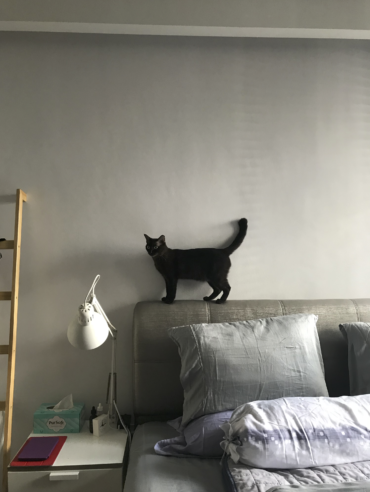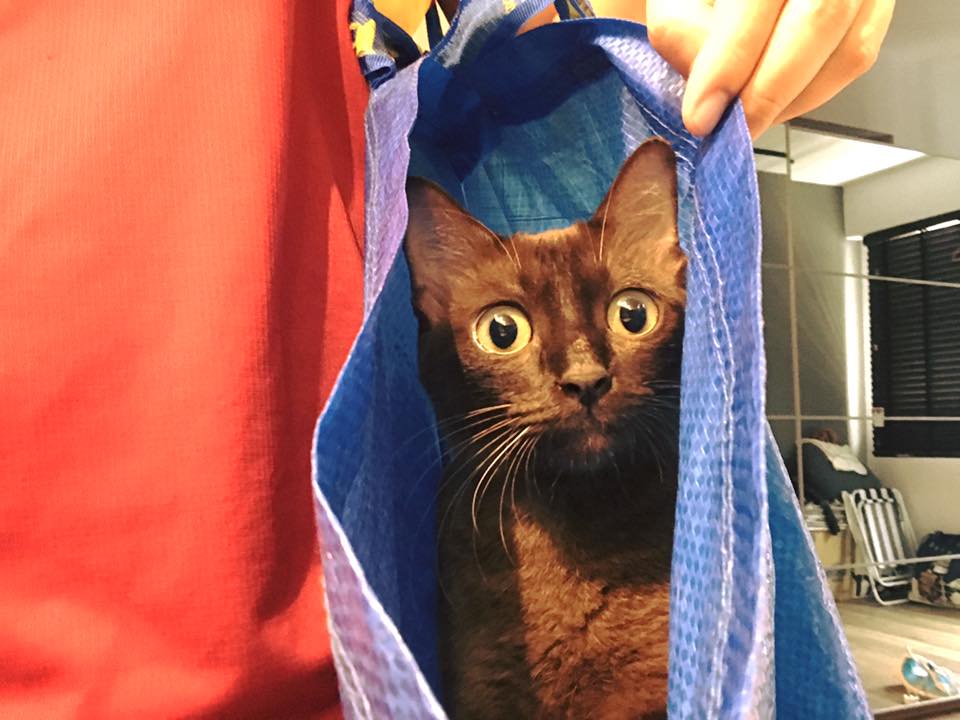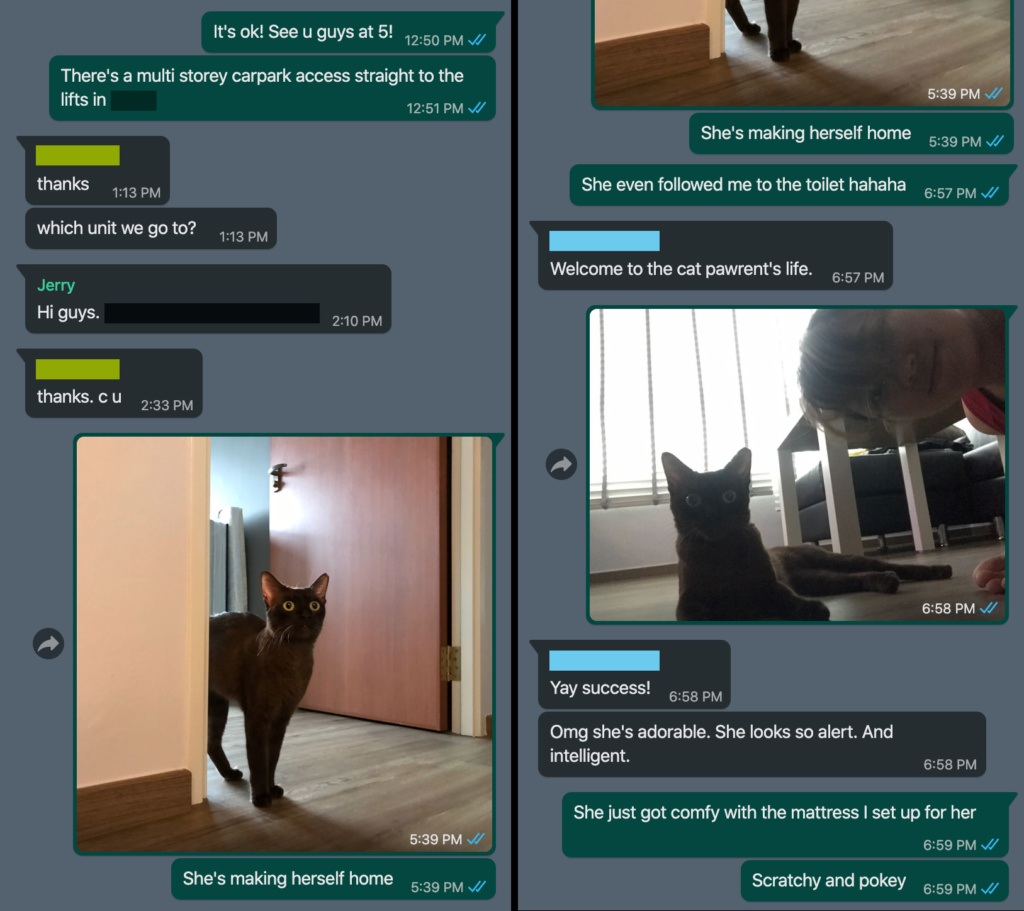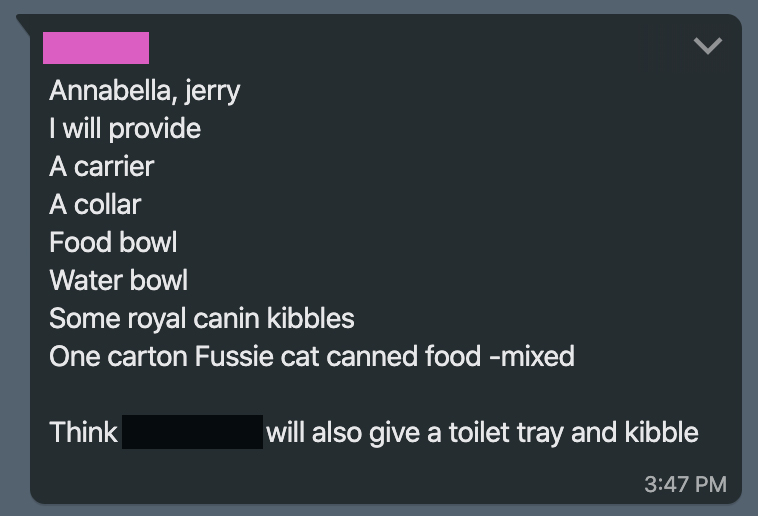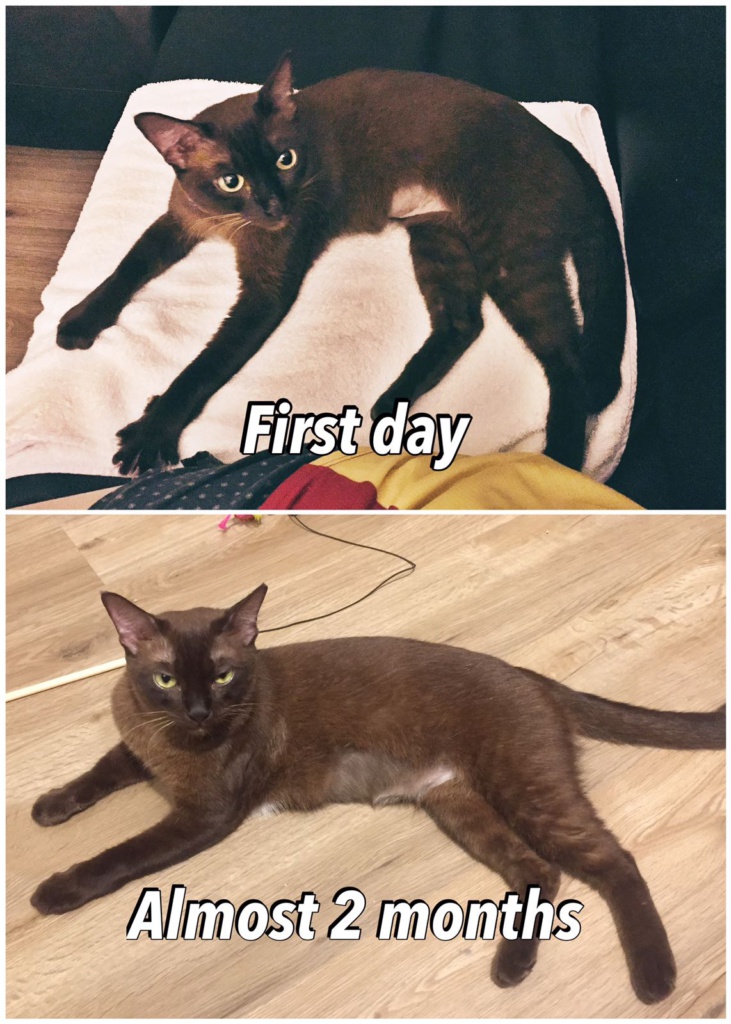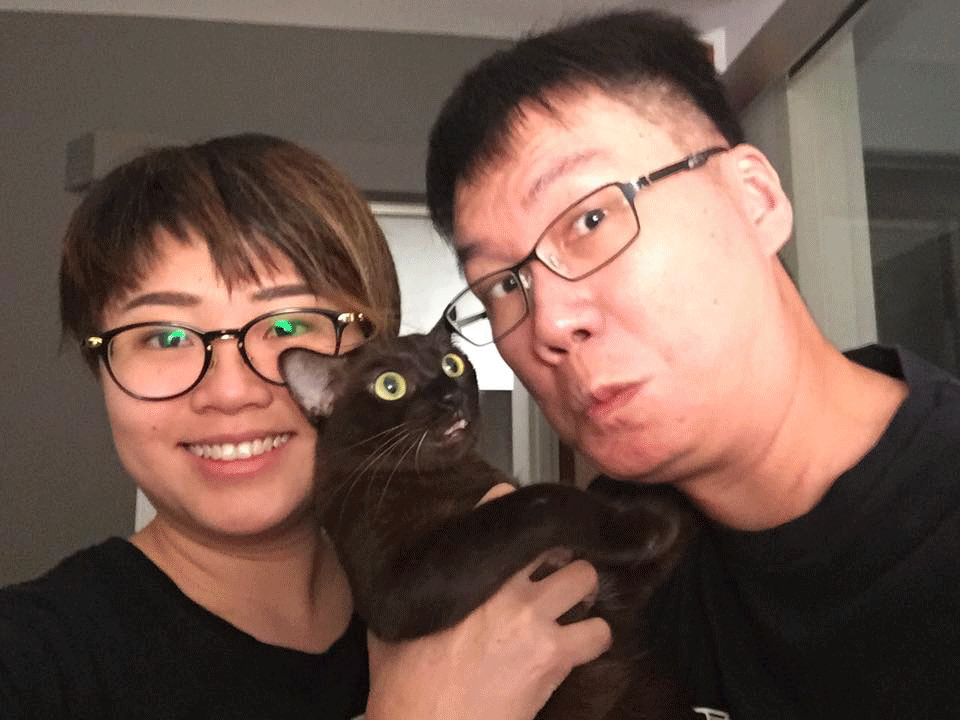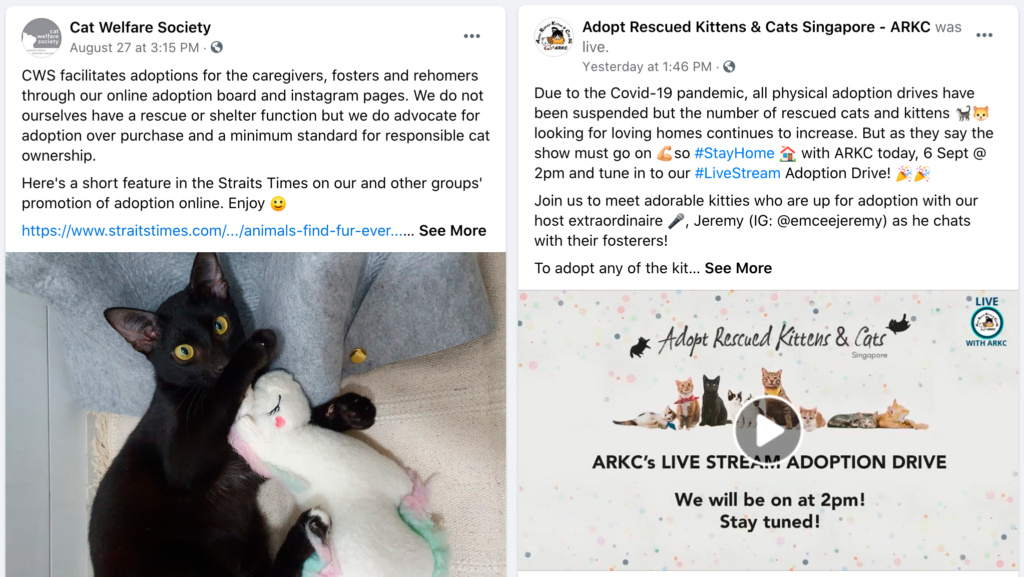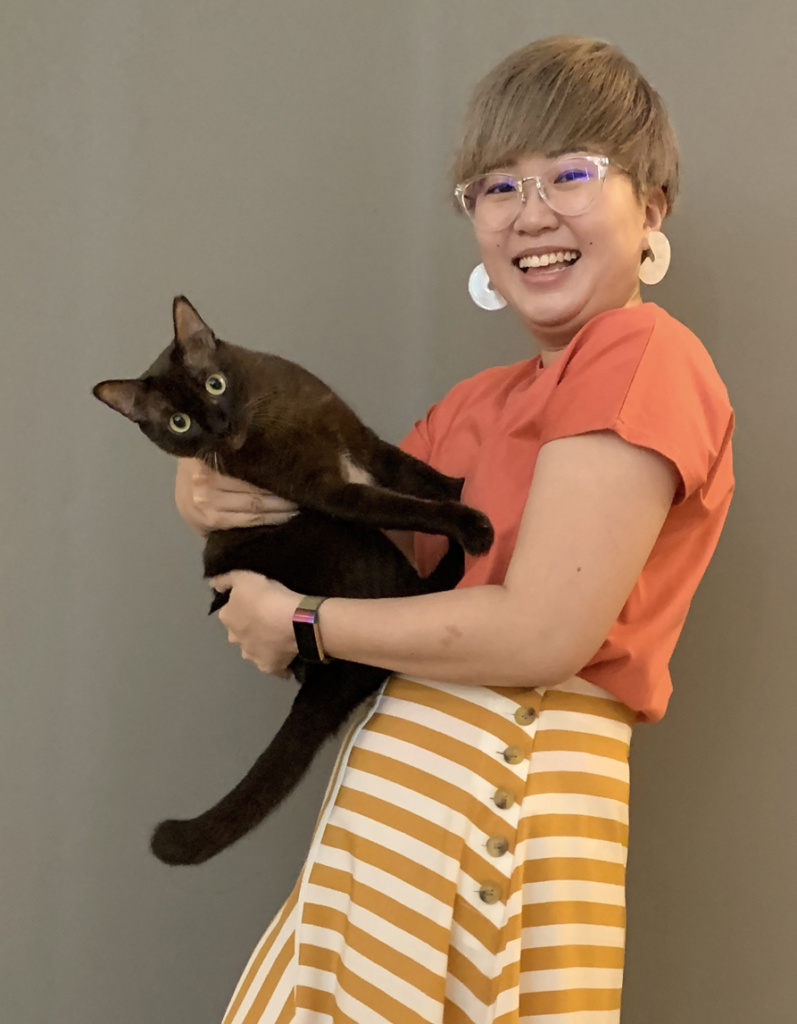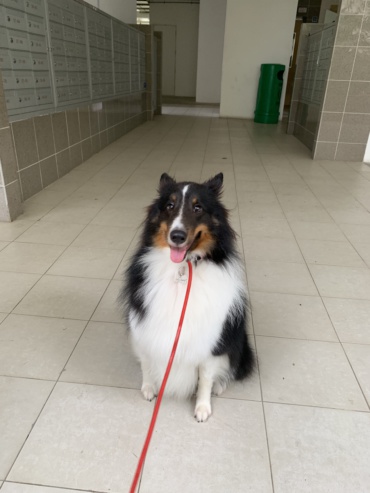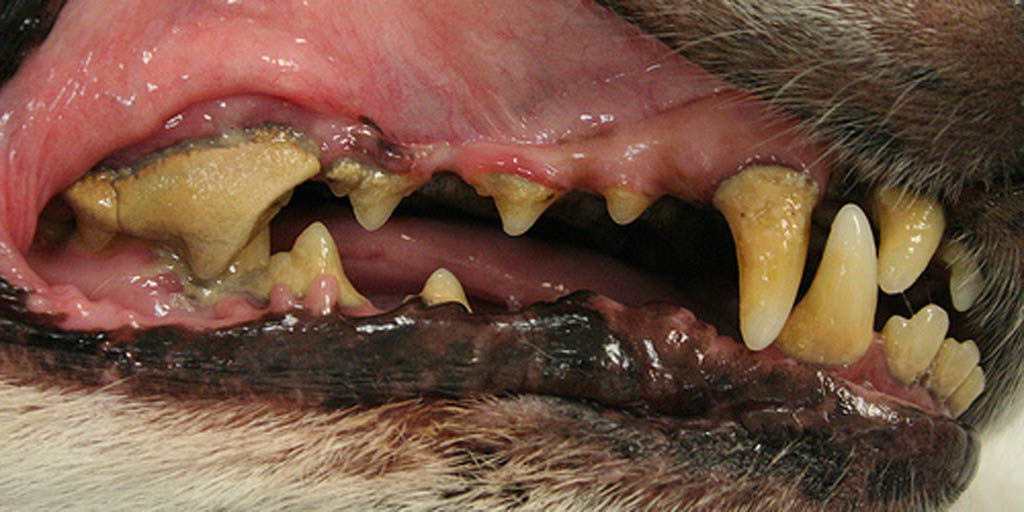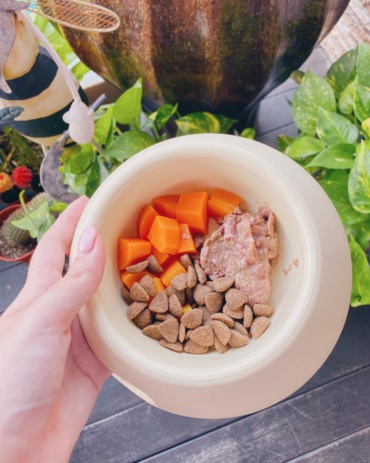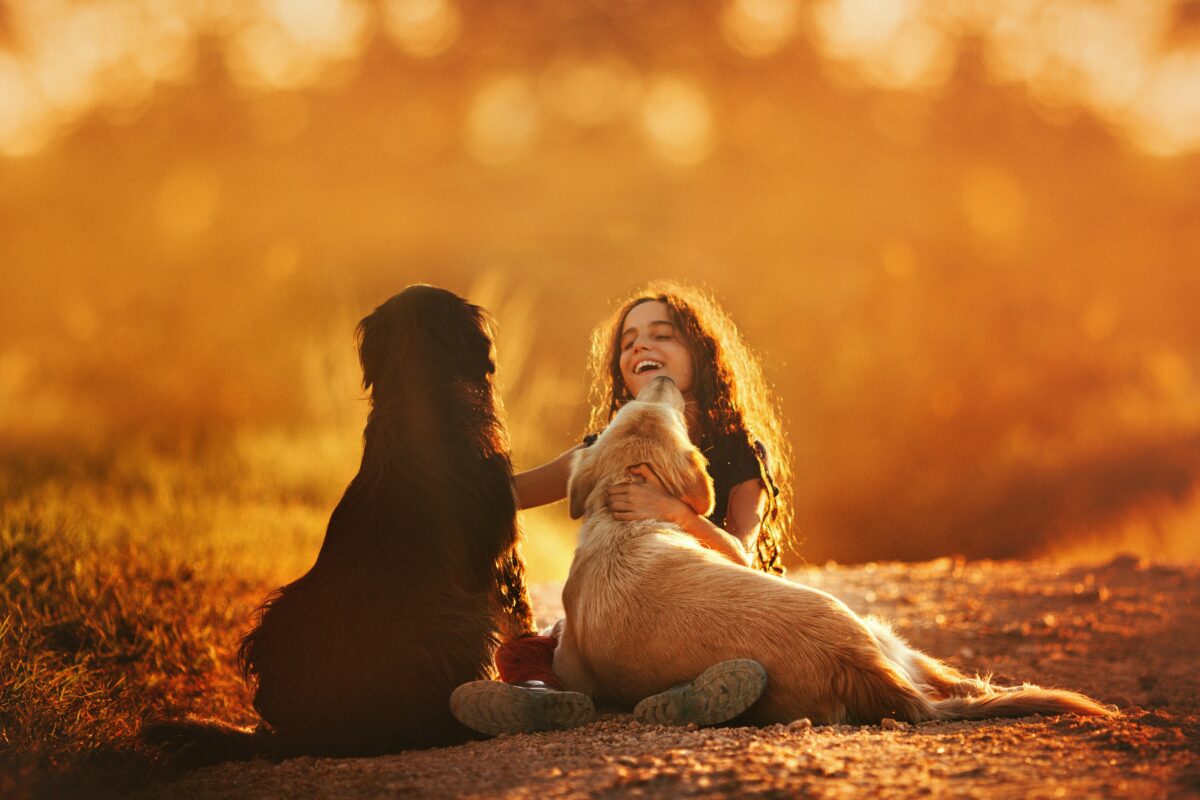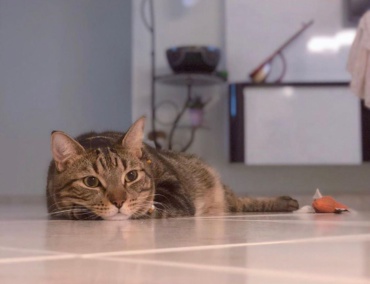Have you ever randomly Google things like “Can cats eat ____?” or “Are ____ poisonous to cats?”
Well, I always do. As a first-time cat owner, there are many things that I learned along the way (most of which were from my dear friend Google).
One day as I was sipping my morning coffee, Simba came to sit next to me and started sniffing my cup. That was when I wondered, “Can cats drink coffee?” Of course, my first instinct was NO. My concern was more of like, what if I left my cup of coffee on the table unattended, and Simba decided to be a naughty boy and drank from it?
I’m sure most of us would know the common items that are dangerous to cats, such as human medicine, chemicals/insecticides, etc. So I will not go into too much detail for those things. My purpose of writing this post is to alert cat owners of some unexpected household items that may post danger to our furbabies.
Human Food
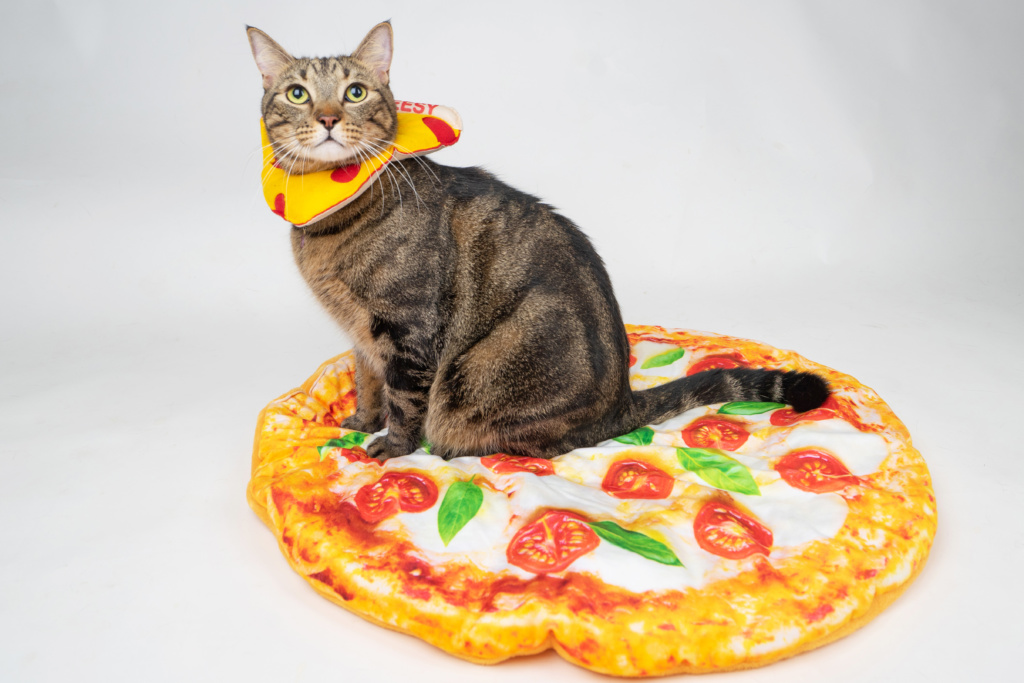
Coffee – or rather all caffeinated drinks.
Cats are curious creatures and they may be attracted to the strong smell of coffee. Do note that caffeine is a very dangerous and toxic chemical to cats, and ingestion can be life-threatening.
Grapes and raisins
Consumption of grapes or raisins may cause rapid kidney failure for cats, and even just a small amount can make them ill. Repeated vomiting and hyperactivity are some of the early signs to take note of. The good news is – your feline babies are unlikely to show interest in grapes or raisin. But just to be on the safe side, keep them out of reach!
Onions and garlic
Beneficial to human, but dangerous for cats. These commonly used food items can cause damage to cat’s red blood cells and lead to anemia. Although it is unlikely that your fur baby will eat onions or garlic in large quantity, take note that exposure to concentrated forms such as garlic powder or onion soup mix, can also be toxic.
Chocolate
Some of us may have heard that chocolate is dangerous to dogs, but is it just as dangerous to cats as well. Questions is why? Why does the all time favourite human snack pose such a danger to our furbabies? Turns out it’s because chocolate contains a substance that will result in vomiting and diarrhea, high body temperature, muscle tremors, abnormal heart rhythm, abdominal discomfort, increased thirst, and even seizures. So, if you are having a chocolate cake for your birthday, be sure to keep it away from your cat(s) at home!
Raw/unbaked yeast dough
Bakers out there take note! One of the most important ingredient for your bakes is in fact dangerous for your furbaby! When ingested, the dough may expand in the warm and moist environment of the cat’s stomach, and this will cause their stomach to be bloated or distended. Not only so, the yeast could also start to ferment in the stomach, and the process of fermentation may release alcohol and carbon dioxide – which when enters the bloodstream, could cause dangerous toxicity for cats.
Dairy products
Remember the cartoons we used to watch when we were younger, like Tom and Jerry, and Tom always seems to be drinking milk? Well, this is a misconception, and most cats out there are actually lactose intolerant. The reason I said most is because, there seem to be controversial options out there in terms of if cats can be given dairy products. So here’s just what I think after gathering some research, it is probably not the model answer, but I hope it gives you some perspective.
Being lactose intolerant means that cats’ stomachs are unable to digest these products, and ingesting them may upset their stomachs, resulting in vomiting or diarrhoea. Even though some cats appear to be able to take some diary like milk or cheese (in fact, Simba love to have some cheese once in a while), their bodies are just not made to digest the bi-products. At the end of the day, the potential problems actually outweighs the potential benefits. Cats don’t need dairy in their nutrition, so it is definitely okay to leave it out from their diet.
However, there are lactose free milk for cat out there in the market, so if you do want your furbaby to have some tasty milk once in a while, get those ones that are lactose free and save their tummy from being upset. The best alternative if you ask me? Just supply them with lots of fresh water everyday!
Plants
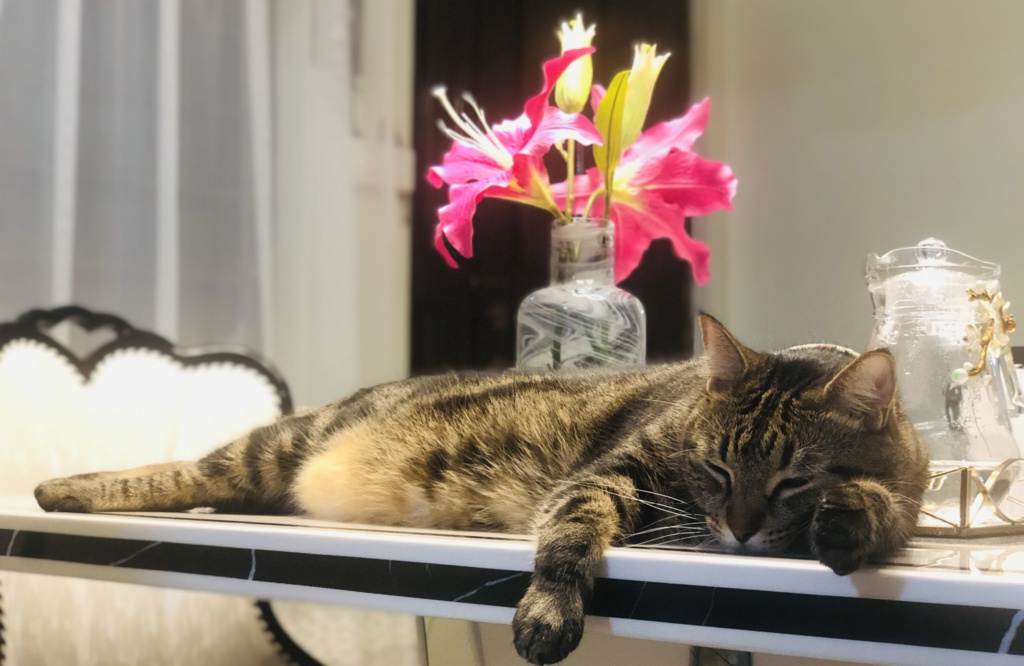
Have a green thumb or love how the plants make your house look homey and nice? Think twice or do some research before getting them and placing them in the house! Some cats like to nibble on plants for fibre, or they may eat them out of boredom. However, do take note of certain types of plants that could be dangerous for your cats!
Lilies***
This is a shocker for me. I remembering seeing a poster of this in my vet’s office in Australia. Lilies are beautiful flowers to look at, however they are deadly to our feline furbabies. The whole plant – including the leave, flower or even the pollen – is lethal to cats. Even if it is just brushing past the plant, and then grooming the pollen off the fur, can be very dangerous. My advise – do not bring any lilies home, because lily consumption is considered an EMERGENCY! (Don’t worry, the lilies behind Simba are fake flowers ><)
Aloe vera
Commonly used as a medical plant, the substance produced by aloe vera can actually result in diarrhea, vomiting, loss of appetite, depression, tremors and a change in urine color if you cat ingested it.
Chrysanthemum
Chrysanthemum is a popular plant used in drinks in Singapore. Although only mildly toxic, it contains substance that is poisonous to cats and will upset your furbaby’s stomach.
This substance is also found in fleas & ticks treatment for dogs, which is why it is important not to mix them up. If you have not dogs and cats at home, be sure of store those medications in separate places. As they have very similar packaging and small print, it’s easy to grab the wrong product by mistake.
Why does my cat chew on my plants?
This was question I wondered when I first noticed Simba sneaking on my plants and biting on them. Turns out cats chew on plants to obtain folic acid – a type of vitamin that support’s their growth. Hence it’ll be good to have a pot of cat grass at home for your furbabies to graze on them. Eating grass helps to regular their bowel movement as well. You may notice that your cat throws up after eating grass, and this is usually not a cause for concern as he/she is probably doing it on purpose. The process of vomiting helps to clear their digestive tract that may be clogged wit fur (from when they groom themselves). However, do not just let your cats chew on any patch of grass outdoors as some of them may be covered in pesticides/chemicals!
If your cat has been poisoned
You know your cat best, and it is important to look out for signs and symptoms that are out of the ordinary. Remember, every moment matters. Bring them to see a vet if you notice anything unusual, or if they had come into contact with any of the above items mentioned. Bring a sample of their vomit or stools (if any) to the vet as well, so that they can run some tests if necessary.
Keep your furbabies safe!
Hope this article is helpful for cat owners out there! It may not cover everything, but i hope that it brings attention to some common hazards at home that we may not be aware of. As a general rule of thumb, if you’re unsure if something is safe, always check with your vet / Google / other cat owners! Let’s keep our furbabies safe everyone!




